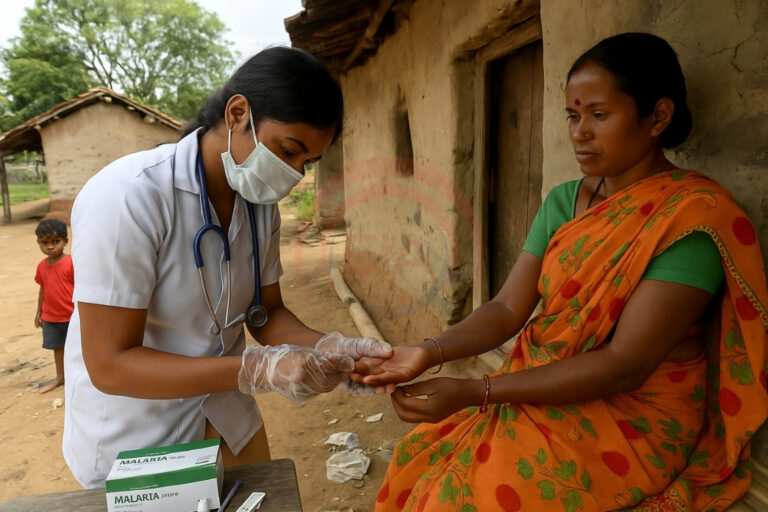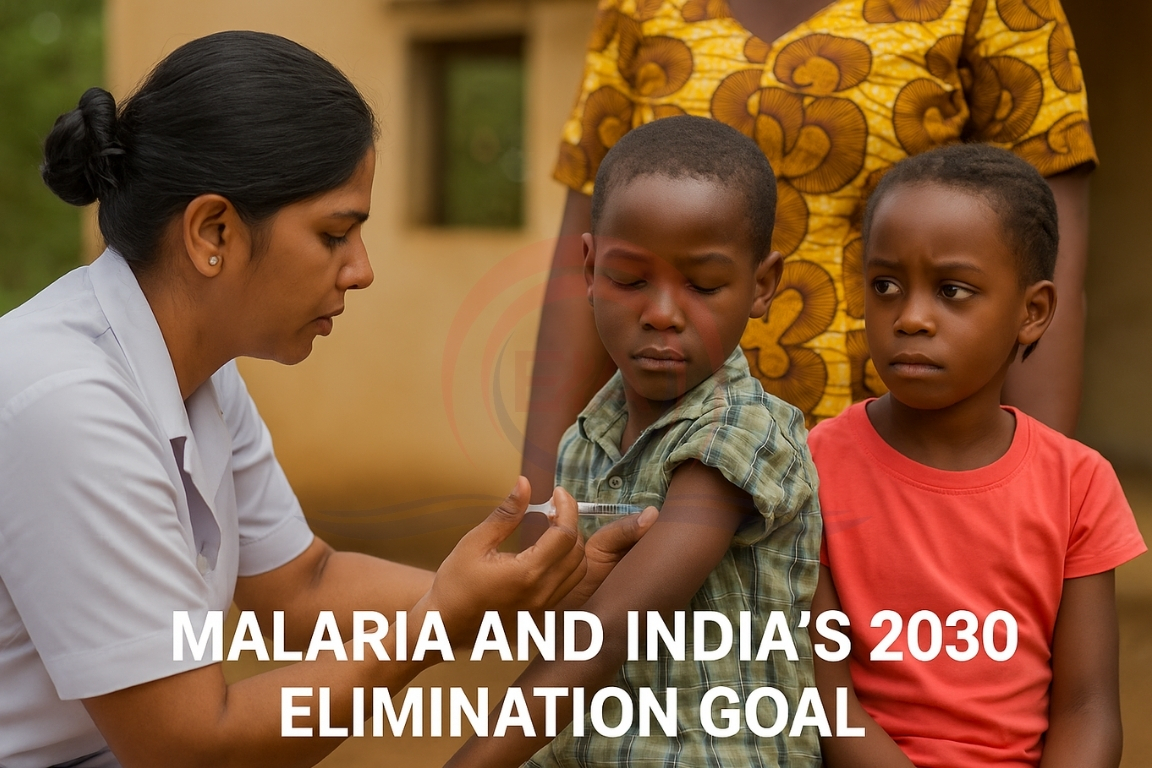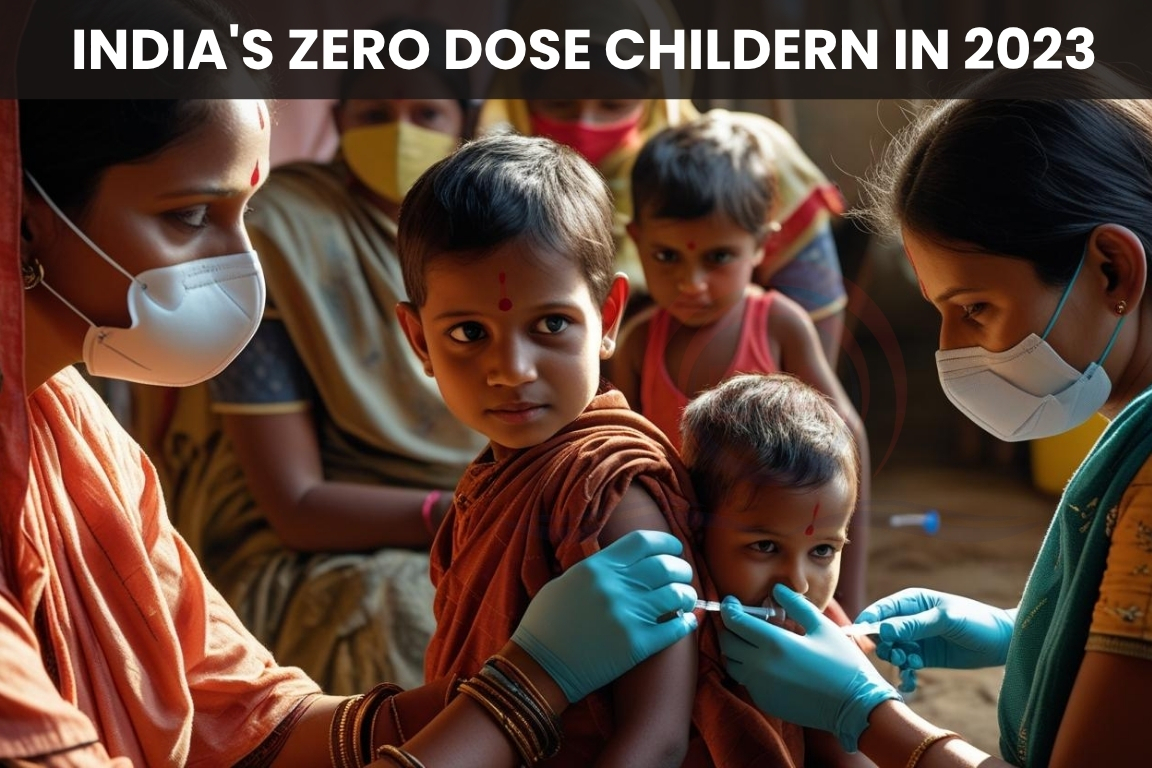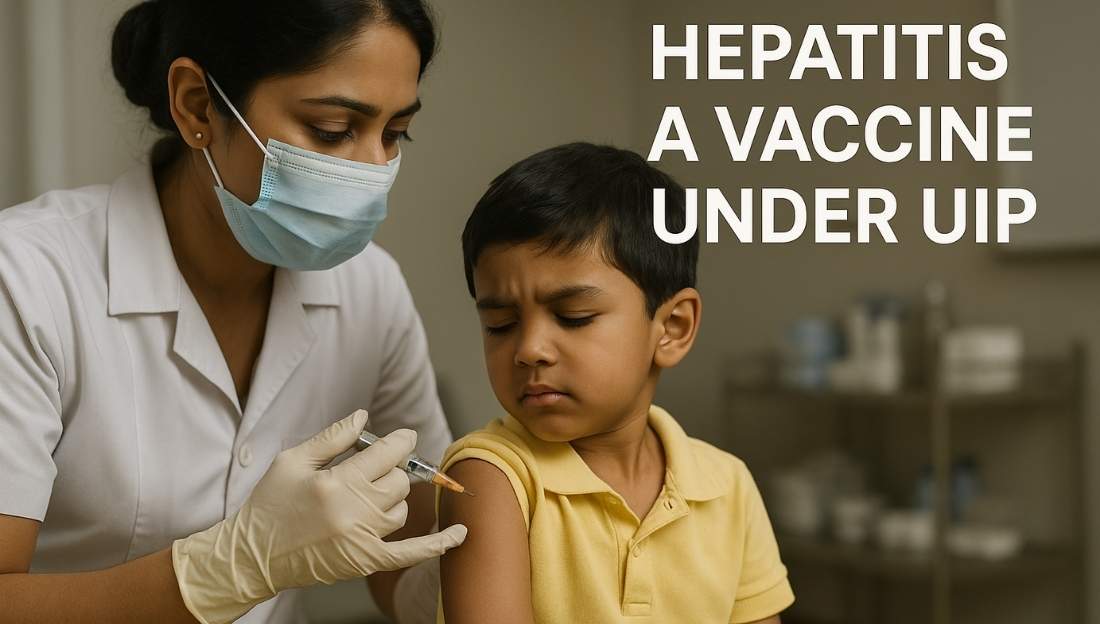India has reduced its malaria cases by over 80% (2015-2023) and is targeting elimination by 2030, with new vaccines like AdFalciVax and global innovations providing hope against persistent transmission in remote tribal and asymptomatic reservoirs.
Background
- Malaria still causes ~294 million cases and 6 lakh deaths globally (2023).
- India achieved >80% decline in malaria cases but tribal regions like Lawngtlai (Mizoram) and Narayanpur (Chhattisgarh) report high incidence (56 & 22/1,000).
- India fights both P. falciparum (severe) and P. vivax (relapsing), making elimination challenging.
INSIGHTS ON MALARIA
Cause of Malaria
- Malaria is caused by parasites of the genus Plasmodium.
- It spreads through bites of infected female Anopheles mosquitoes.
Main Parasite Species in Humans
- Plasmodium falciparum – Most severe, can cause fatal complications.
- Plasmodium vivax – Causes relapses as it can remain dormant in the liver.
- Plasmodium malariae – Less common, can cause chronic infection.
- Plasmodium ovale – Found mainly in Africa, can also relapse.
- Plasmodium knowlesi – Zoonotic malaria (from monkeys, seen in Southeast Asia).
Mode of Transmission
- Mosquito bite from an infected Anopheles mosquito.
- Rarely through blood transfusion, organ transplant, or shared needles.
Symptoms of Malaria
- High fever with chills (often periodic),
- Sweating, headache, muscle pain, and fatigue,
- Severe cases: Anemia, jaundice, organ failure (especially with P. falciparum).
Life Cycle of the Parasite
- Parasite enters the body via mosquito bite,
- Multiplies in the liver, then in red blood cells,
- Causes symptoms when RBCs rupture.
Prevention
- Mosquito control: Nets, repellents, insecticide spraying.
- Antimalarial drugs for prophylaxis in high-risk areas.
- Vaccines like RTS,S and R21/Matrix-M are emerging tools.
Vaccine and Drug Innovations First-Generation Vaccines
- RTS,S (2021): ~55% initial efficacy, wanes in 18 months; needs 4 doses.
- R21/Matrix-M (2023, Oxford-SII): ~77% efficacy; fewer doses and low cost.
- Limitations: Target only one parasite stage; reinfections remain possible.

Whole-Parasite and Blood-Stage Vaccines
- PfSPZ & PfSPZ-LARC2: Live, weakened parasites; up to 79% protection after 3 doses.
- PfRH5: Blood-stage vaccine providing cross-strain protection.
Advanced Platforms and Antibody Innovations
- mRNA vaccines (Pfs25) show complete mosquito transmission block in mice;
- Engineered antibodies (D1D2.v-IgG) target parasite immune evasion;
- CRISPR gene-drive mosquitoes and genetic edits reduce malaria vector survival or parasite development.
Challenges for India’s 2030 Goal
- Asymptomatic carriers and hidden reservoirs sustain transmission.
- Drug and insecticide resistance threatens progress.
- Logistical gaps: Doctor training, rural health access, and vector control need reinforcement.
- Regulatory hurdles: Translating promising preclinical vaccines like AdFalciVax to human trials requires 7–8 years, industrial partnerships, and biomarker development.
Significance
- India’s malaria fight is at a critical juncture requiring full-spectrum strategy — next-gen vaccines, drugs, vector control, and community health.
- Success by 2030 will reflect synergy of science, policy, and public health, moving toward global malaria elimination goals.
Conclusion:
India’s endgame against malaria will depend on innovative vaccines, rapid translation of lab breakthroughs to field use, and integrated vector and health interventions to eliminate the disease by 2030.





